
July 22, 2024
Choosing an overlay is just a band-aid solution, and shows a true disregard for users with disabilities. Instead, we need to work towards a mentality where websites, apps and other digital products are designed and coded with accessibility in mind from day 1.
March 18, 2024
The ways humans interact with technology has evolved significantly over the decades — and it’s still constantly evolving. The rise of Artificial Intelligence (AI) and natural language processing (NPL) has brought to light a new way of interaction — prompts.
January 11, 2024
Emerging technologies and tools constantly influence the way people use the Internet and interact with digital products. And as user behaviours and preferences evolve, designers must keep up with new tools and solutions to deliver interfaces and user experiences that cater the needs of an ever-demanding audience.
December 18, 2023
Millions of people who live with a disability struggle to access important information online because websites and apps are built with major content and technological barriers. And insurance websites are not an exception.
December 7, 2023
In the banking and financial industry, accessibility is about empowering everyone, including people with disabilities and the elderly, to enjoy bank's products, services and facilities, by making them convenient and easy to use.
November 6, 2023
9 November is World Usability Day 2023. This year's theme is Collaboration and Cooperation, which intents to focus on how we can work together to create solutions, both globally and locally, to solve the world's biggest problems.Articles
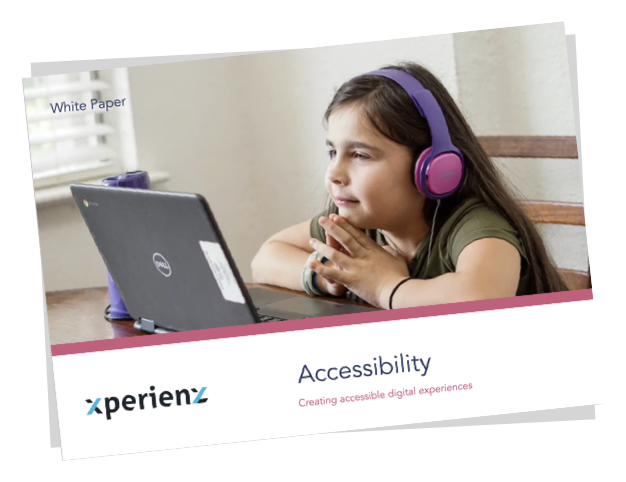
How organisations should invest in creating accessible digital experiences to guarantee an equal access by everyone and improve their business.
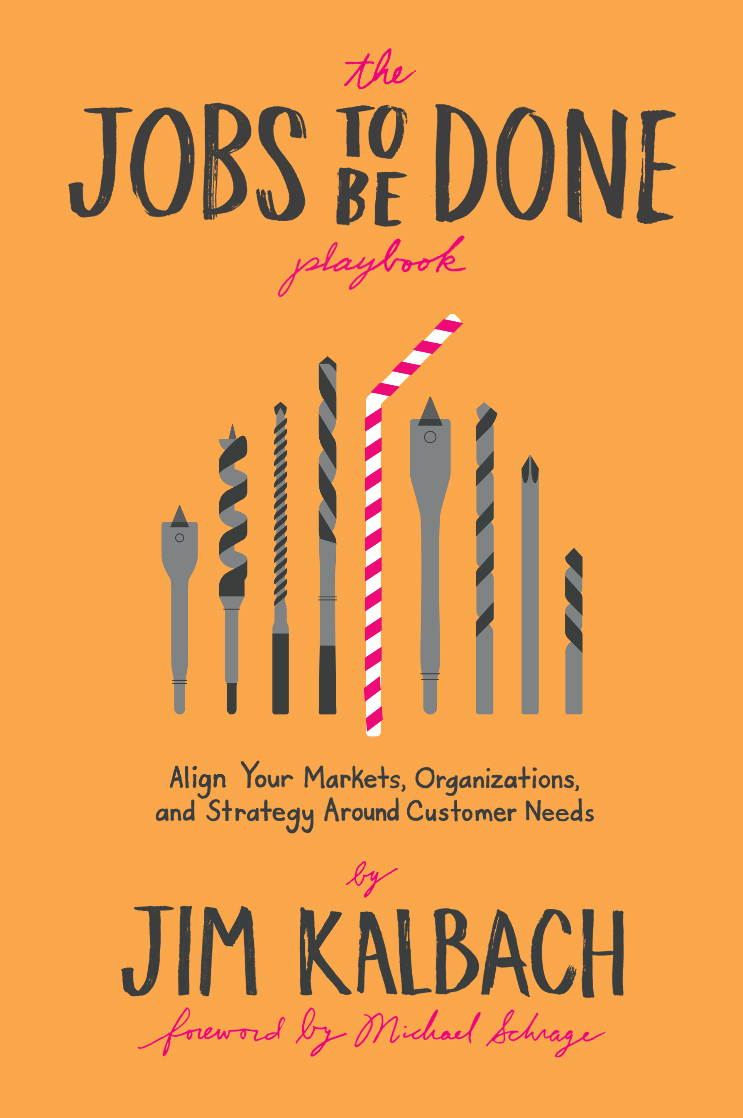
Jobs to be Done (JTBD) is a very popular framing technique with about 25 years which has been adopted by the UX area in recent years. Jim Kalbach presents a technical approach adapted to the reality of UX professionals. It consists in understanding which are the users’ real needs and motivations. It defends a greater focus, not so much on the product or service, but on the users and on what they want to achieve by purchasing it.
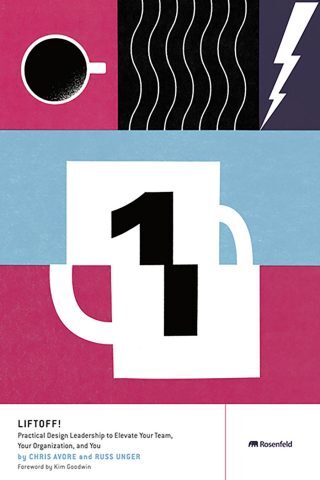
Chris Avore & Russ Unger present a guide for design leaders with detailed and practical advice about how to run a design team, from hiring to integrating and nurturing.
Being leaders of design teams themselves, they present their perspective based on their long personal experience, but also the perspective of other design leaders and other industries.
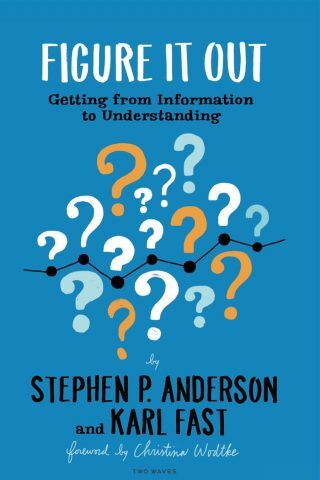
We often receive information we don’t understand and in a way that makes no sense to us, from privacy policies to medical explanations. From this idea, Stephen Anderson and Karl Fast try to answer the book’s central question - “how does understanding takes place?”
To answer the question, the authors talk about how we understand by associations, with external representations and through interactions and present tools and technologies for facilitating understanding.
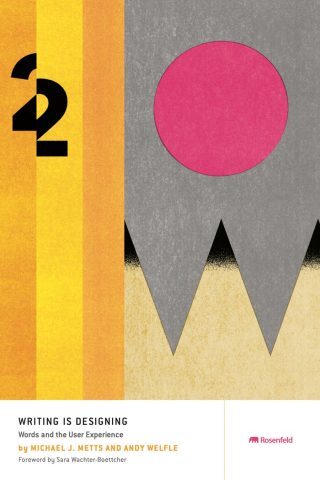
Without any content, websites and apps would be just a series of meaningless shapes and icons. The design of digital products depends on the words, whether in buttons, menus or error messages. Words that users interact with and that influence their experience.
That’s exactly why the authors focus on the importance of writing in the creation of interfaces and on how words shape design. Content must be created as the rest of the experience is developed, in an iterative process and validated with research, since its main goal is helping users complete all necessary tasks.
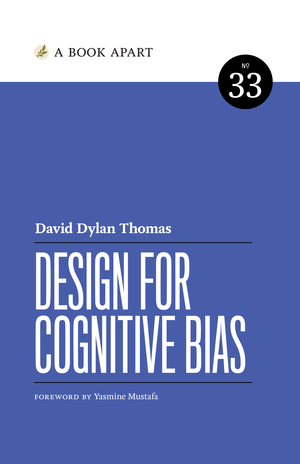
We naturally let ourselves be guided by cognitive bias and irrational forces that shape our everyday decisions. The author tries to understand the logic powering those forces, the bias that affect users and how they make unconscious decisions, in order to help us make design and content choices that will help mitigate cognitive bias and use it for good.
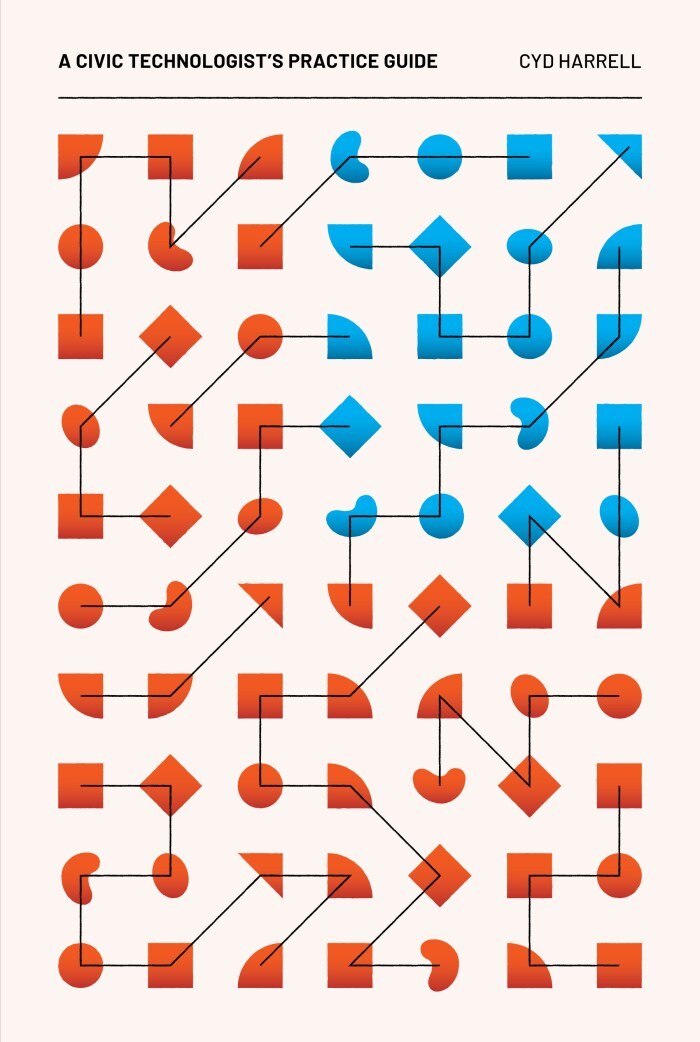
Civic tech is a movement that brings together the strengths of the private sector tech world to public entities with the aim of making government more responsive, efficient, modern and just.
Based on her working experience, Cyd Harrel wrote this practical guide for technology people who work or want to work in the public sector. It includes practical advice on how to build alliances with public-sector partners, which skills are more useful, and how to work in spaces dedicated to stewardship rather than profit.
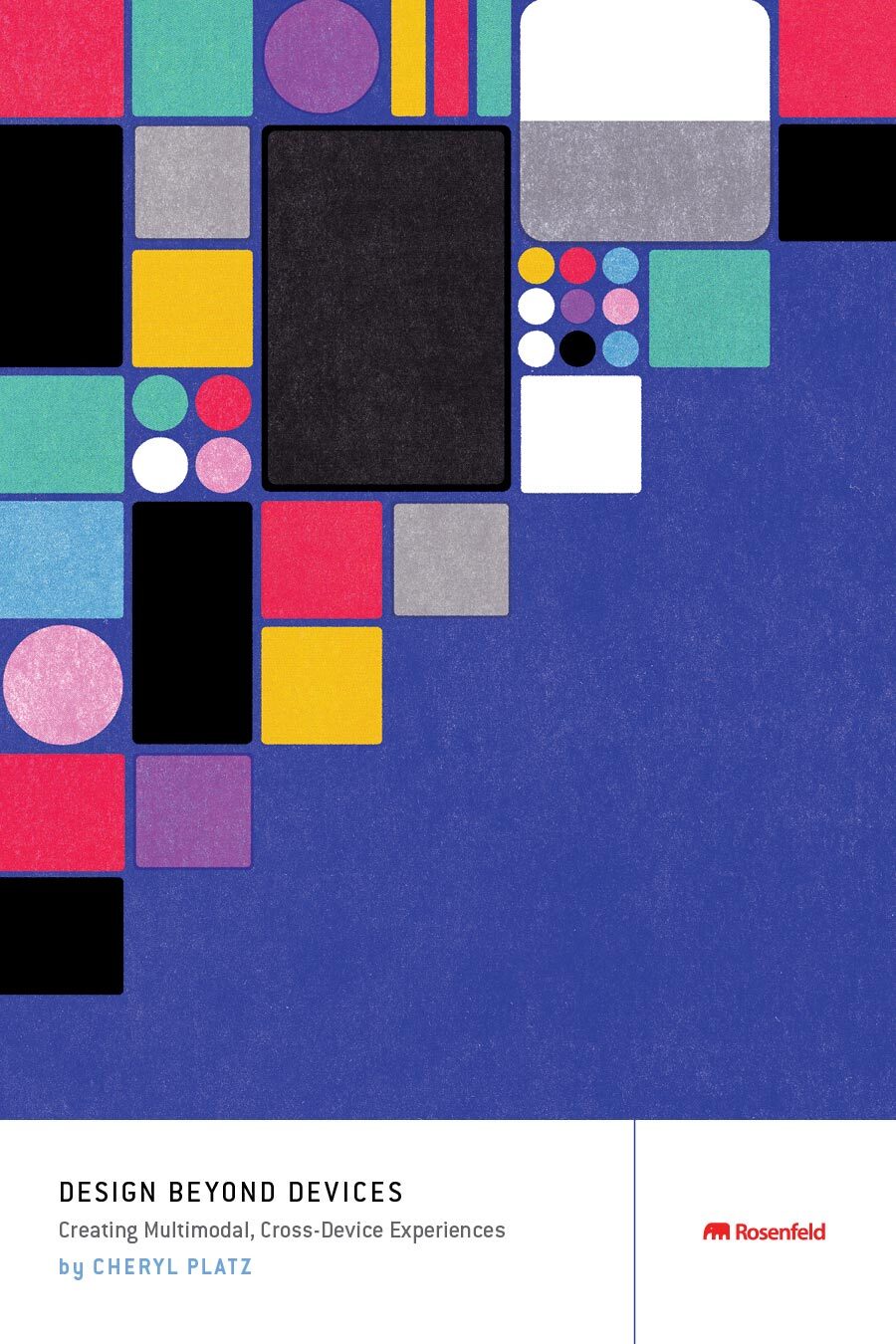
Cheryl starts by explaining the concept of multimodal experience - experiences that can engage multiple human senses, like speak or touch to make a selection.
She teaches different techniques to build fluid, adaptive experiences for multiple inputs, outputs and devices. She also talks about specific types of artificial intelligence driven input and output.
Topics like accessibility and inclusive design are also covered throughout different chapters of the book.
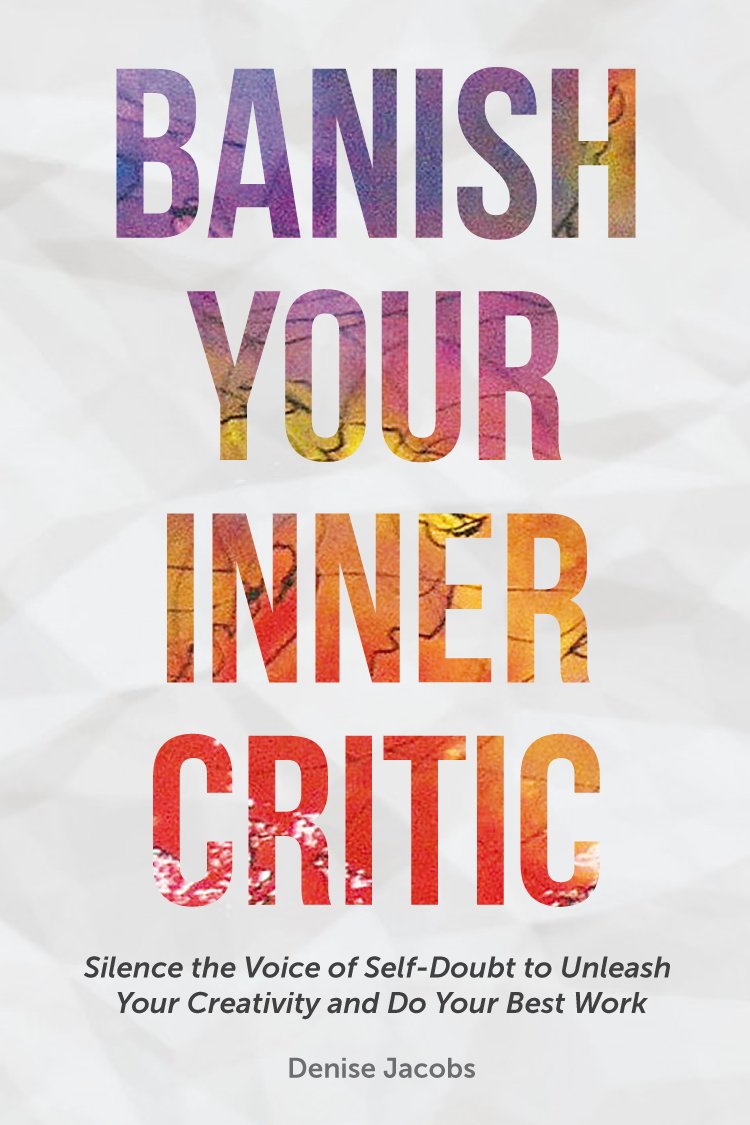
This book is a manual and a toolkit to help you express your most creative self. Based on neuroscience, mindfulness practices and self-comparison research, Denise shows how to identify and quiet the voice of self-sabotage in your head, master power practices to transform how you relate to yourself and your creativity, how to generate more ideas and much more.
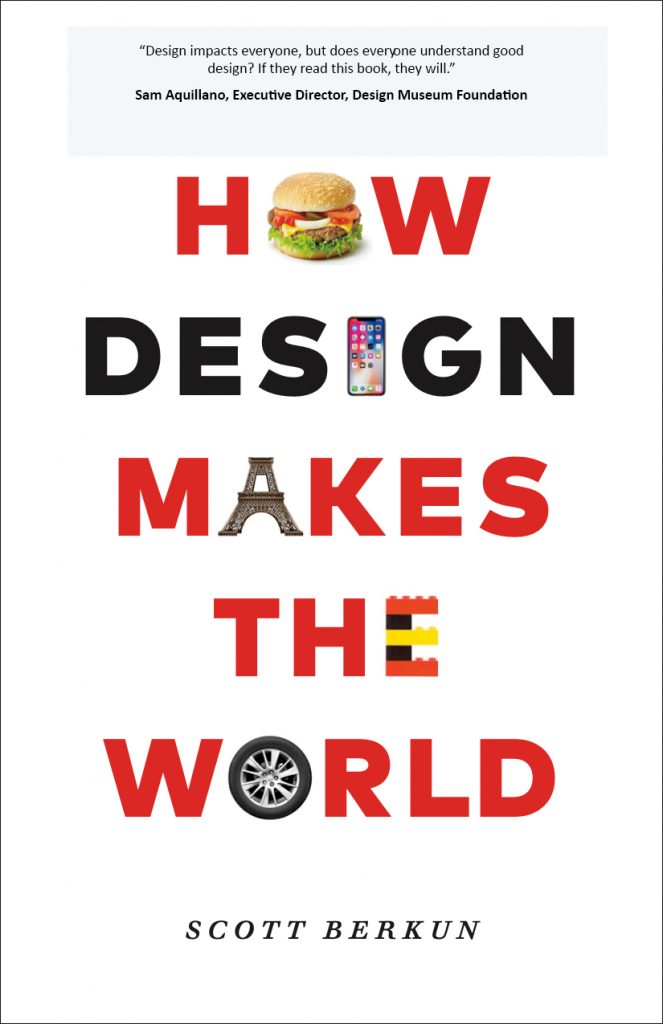
Everything we use was designed by someone. Some got it right while others not so much. Scott Berkun teaches us what good design is and why it’s so important, how our lives are defined by designs made by others, and how to ask better questions of everything we buy, use and make.
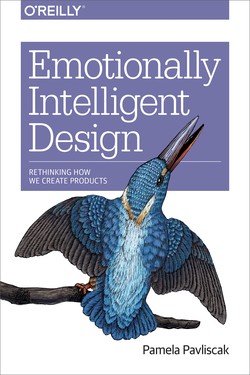
With technology becoming deeply integrated into every aspect of our lives, we expect more emotionally intelligent interactions. Pamela explains how with a mix of design thinking, mixed methods research and emotion tech it’s possible to bend our current practices toward emotional intelligence. She also shows us how design can help promote emotional well-being.
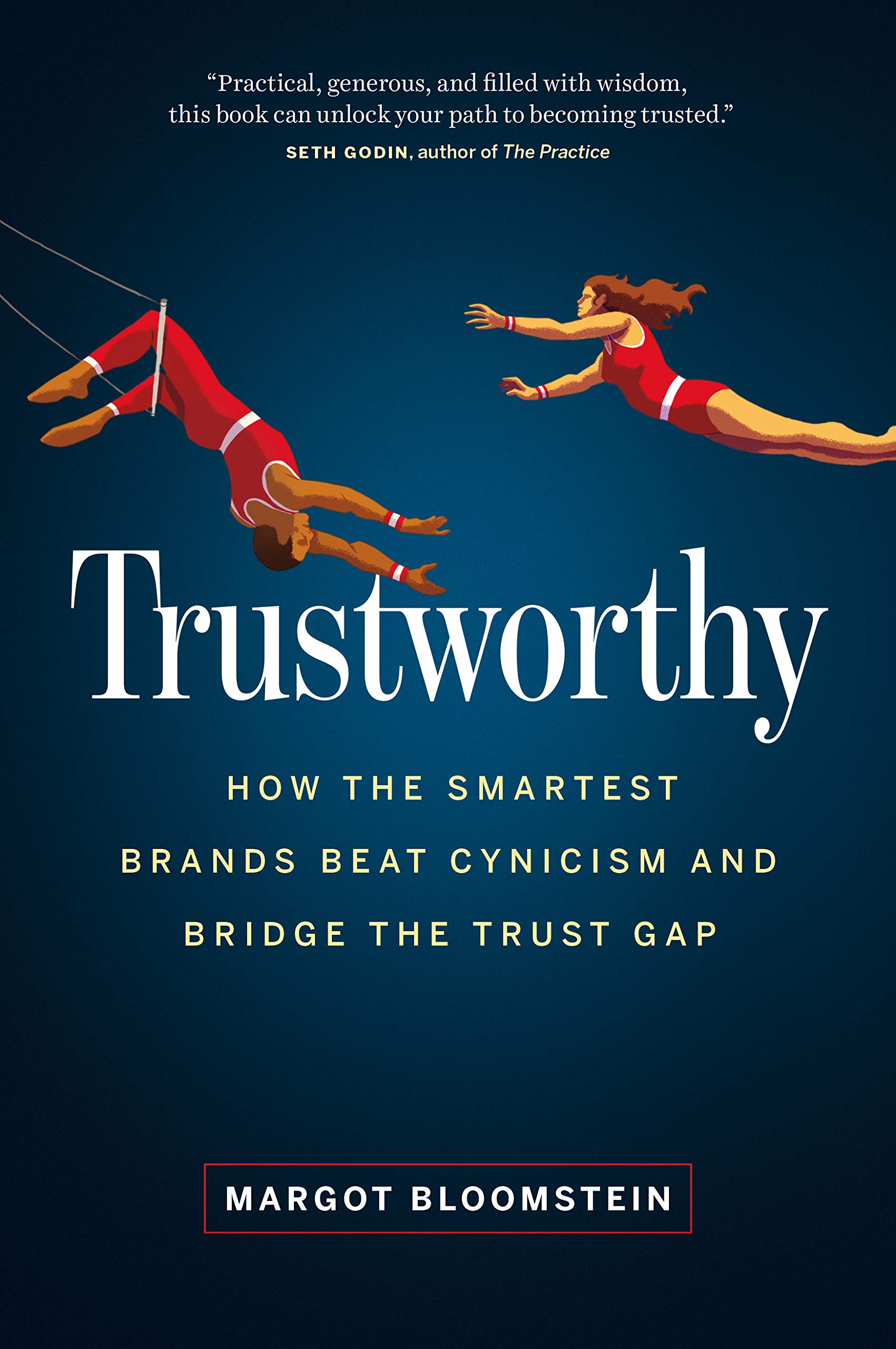
Cynicism is undermining people’s trust in the media, government, public institutions and consumer brands. That’s why marketers, content strategists and designers need a new strategy to earn trust, act with transparency and help users make confident decisions. Margot examines the work of high-performing organisations and provides an actionable framework focused on voice, volume and vulnerability.
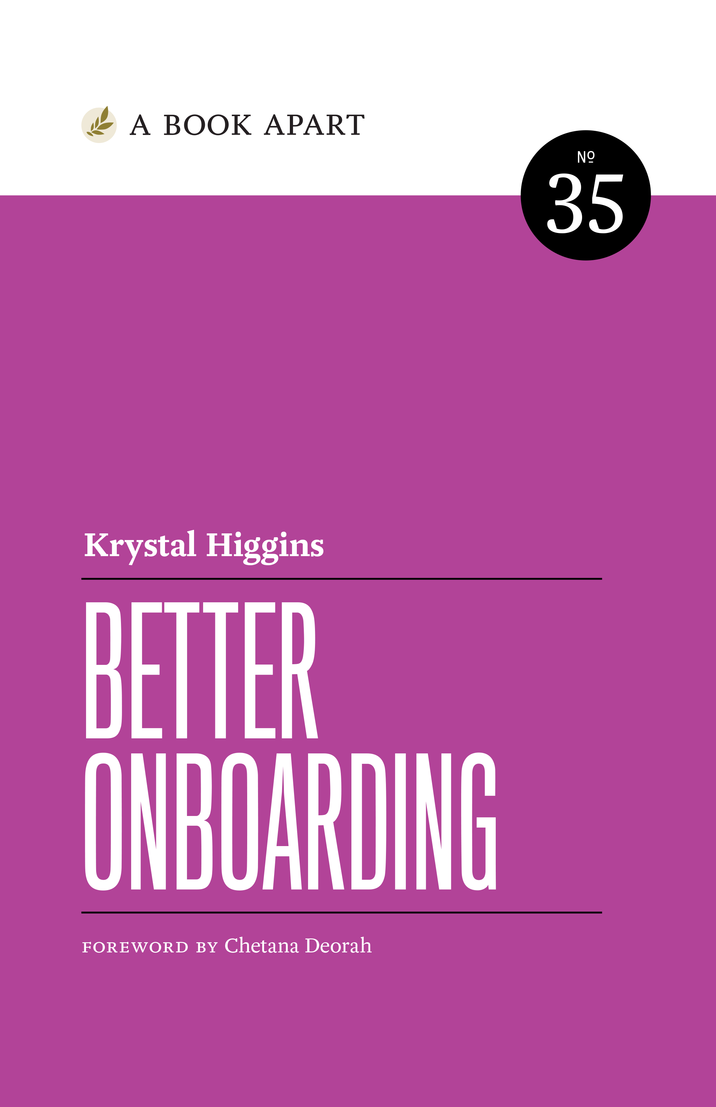
Krystal Higgins writes about designing better user onboarding experiences that guide people as they interact with a product, helping them follow their own path to success. She provides practical strategies and techniques for designing effective guidance useful to use when redesigning a product, launching new features, rolling out service updates or welcoming back returning users.
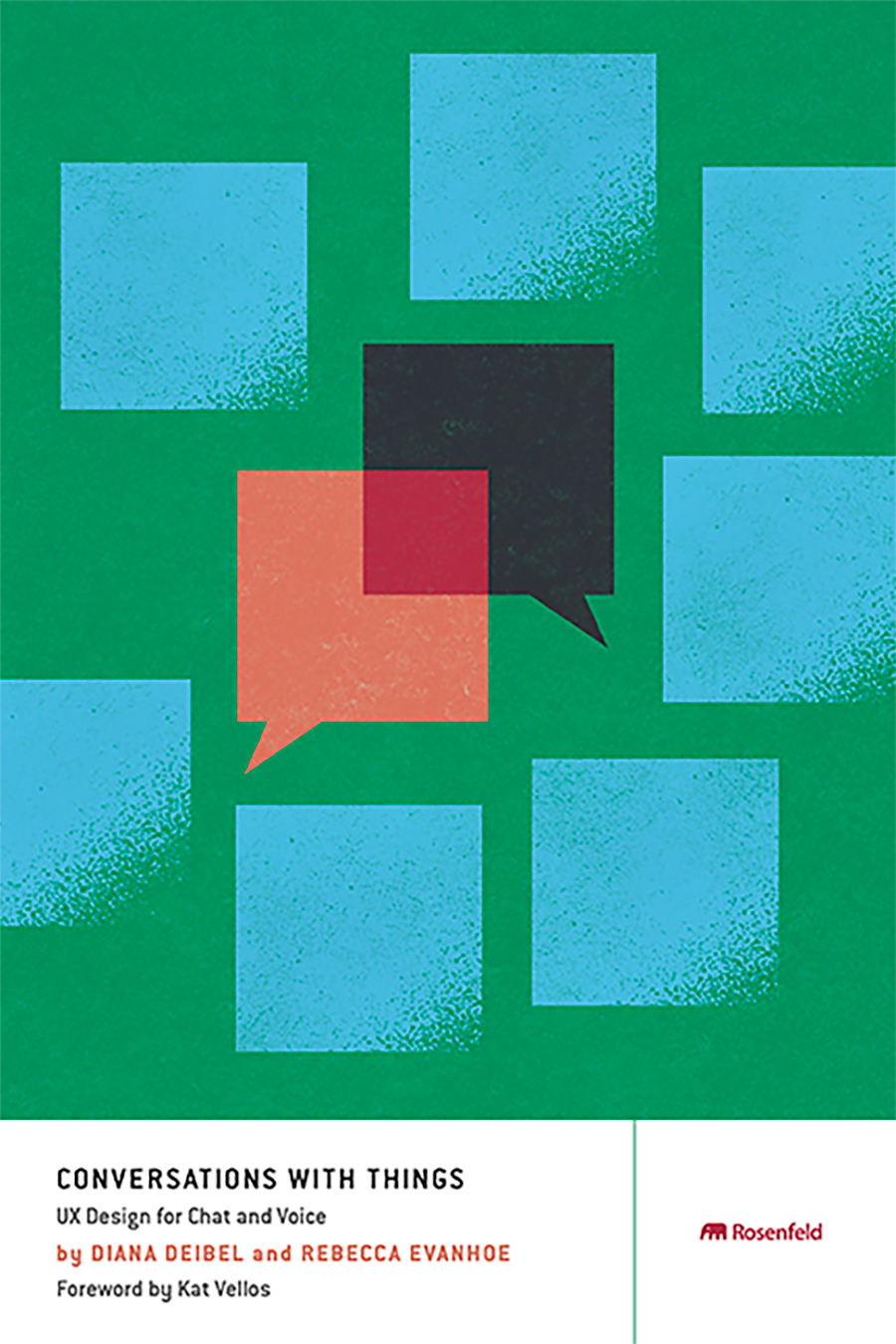
We live in a world where is now possible to talk to digital things like voice assistants and chatbots. However, these interactions can often be unhelpful and frustrating. Diana and Rebecca teach us how to design useful, ethical and human-centred conversations.
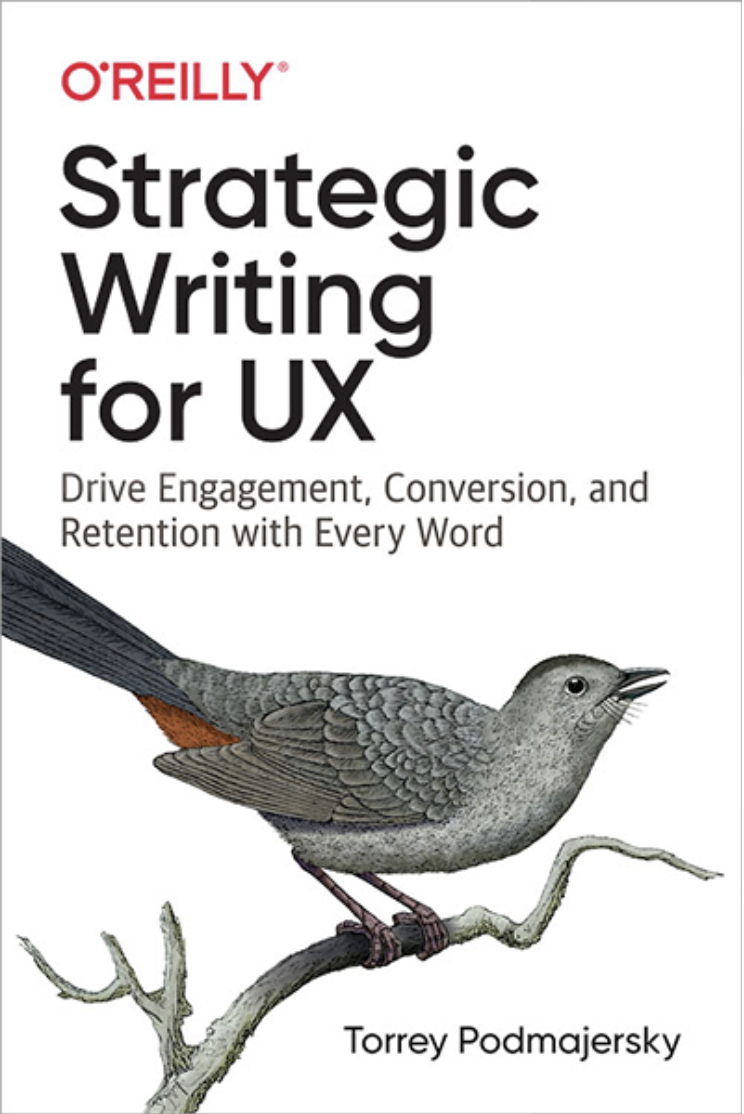
In this practical book, Torrey provides strategies for converting, engaging, supporting and re-attracting users. We can learn how to use a framework to align the UX content with product principles, how UX text patterns work with different voices, and how to produce purposeful, concise, conversational and clear text.
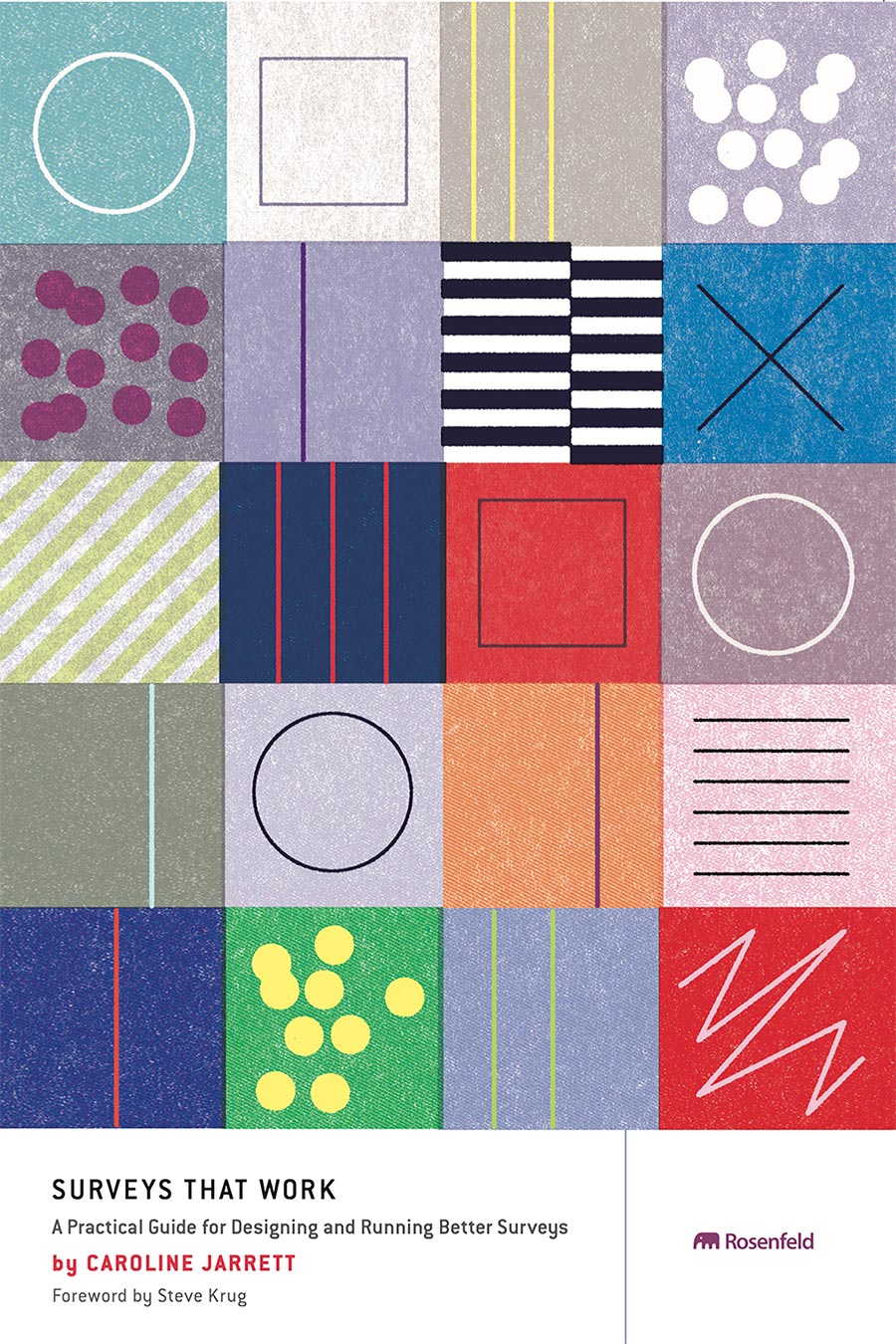
In this practical guide, Caroline explains a seven-step process for designing, running and reporting on a survey that gets accurate results. The book covers the different types of surveys, establishing goals for the survey, writing good questions and testing them, analysing and understanding people’s answers, and more.
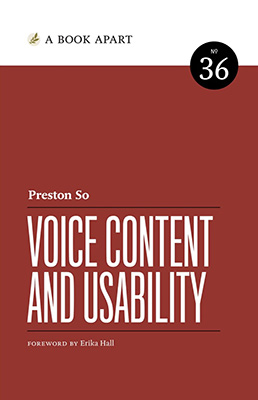
Interfaces content is no longer confined to text and images. Now, with devices like Alexa and Google Home we need to deliver the same content via voice. Preston So gives us the techniques and insights we need to ensure those interfaces converse effectively, thoughtfully and naturally.
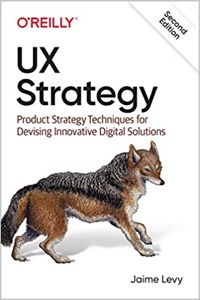
Jaime Levy presents an easy-to-apply framework for executing the careful blend of business strategy and UX design. She introduces strategy tools and techniques to help teams craft innovative digital solutions that people want.
The 2nd edition includes new real-world examples, updated techniques and a chapter on conducting online user research.
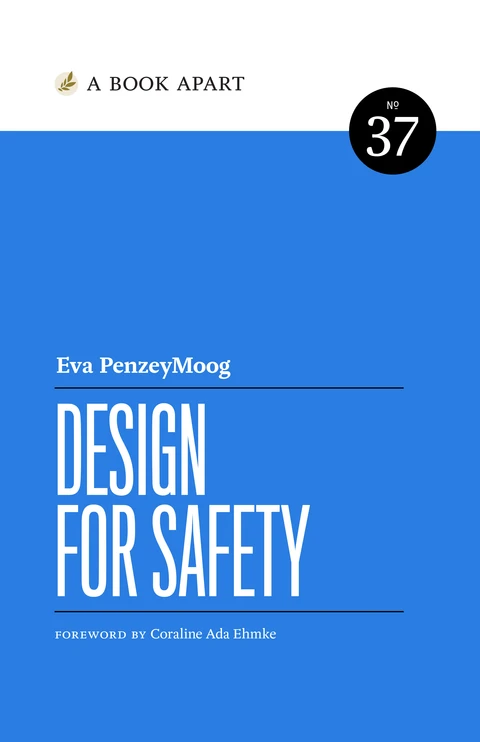
Eva PenzeyMoog explains how even the most well-intentioned design can be weaponised for interpersonal harm. She demonstrates how to identify a design’s potential for abuse, how to avoid and mitigate the damage, and how to bake safety into every step of the design process.
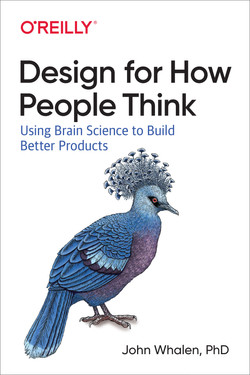
John Whalen presents the “six minds” of user experience and explains how cognitive processes from different brain regions form what we perceive as a singular experience. We also learn how teams can uncover critical insights about their customers’ conscious and unconscious processes to create better products and services.
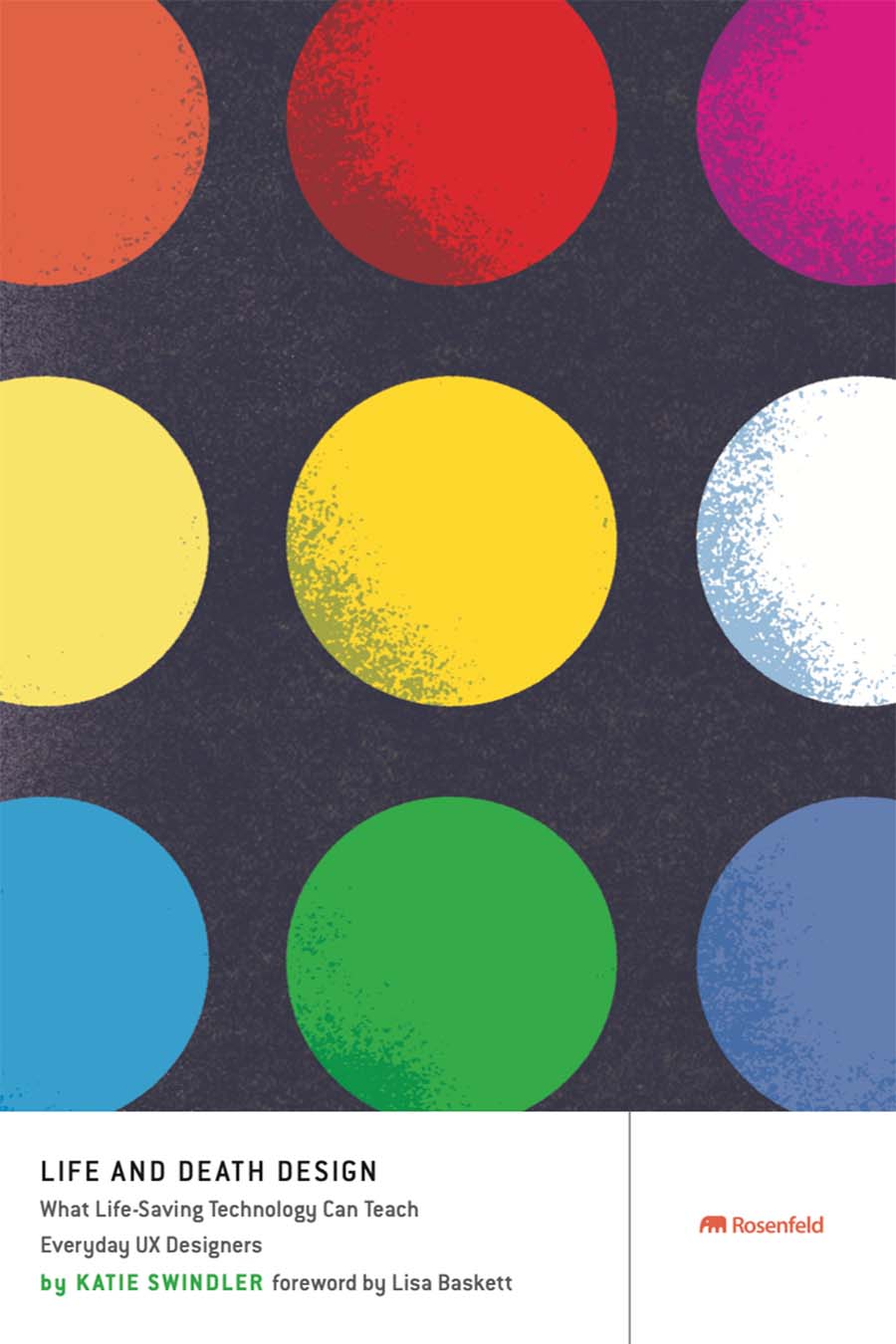
Katie talks about how our designs can help people in moments of extreme stress or crisis and provides techniques to help users think clearly and act safely. We’ll get an overview of the five phases of the stress response and the design considerations unique to each phase. She also covers techniques to address harmful biases.
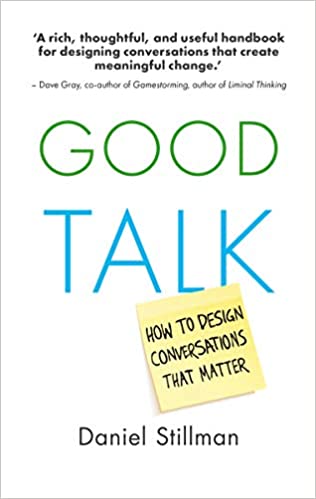
Daniel Stillman provides a step-by-step framework to effect change in our personal and professional conversations, with several tools and interactive components that will help leaders design transformative conversations.
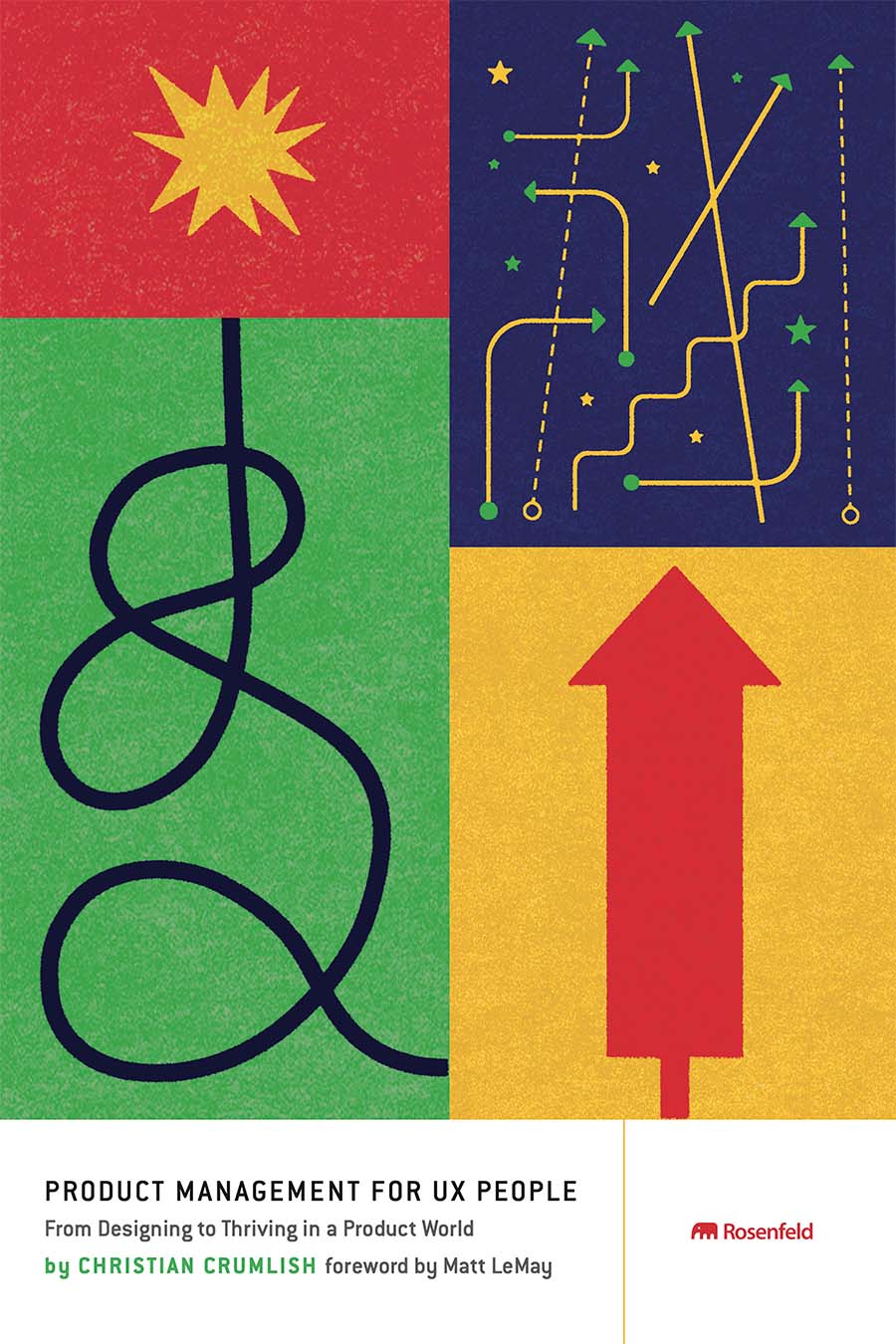
What does it take to manage products and services? Christian Crumlish helps designers who want to work with product managers and designers who want to become product managers to understand the intersections and gaps between design and product.
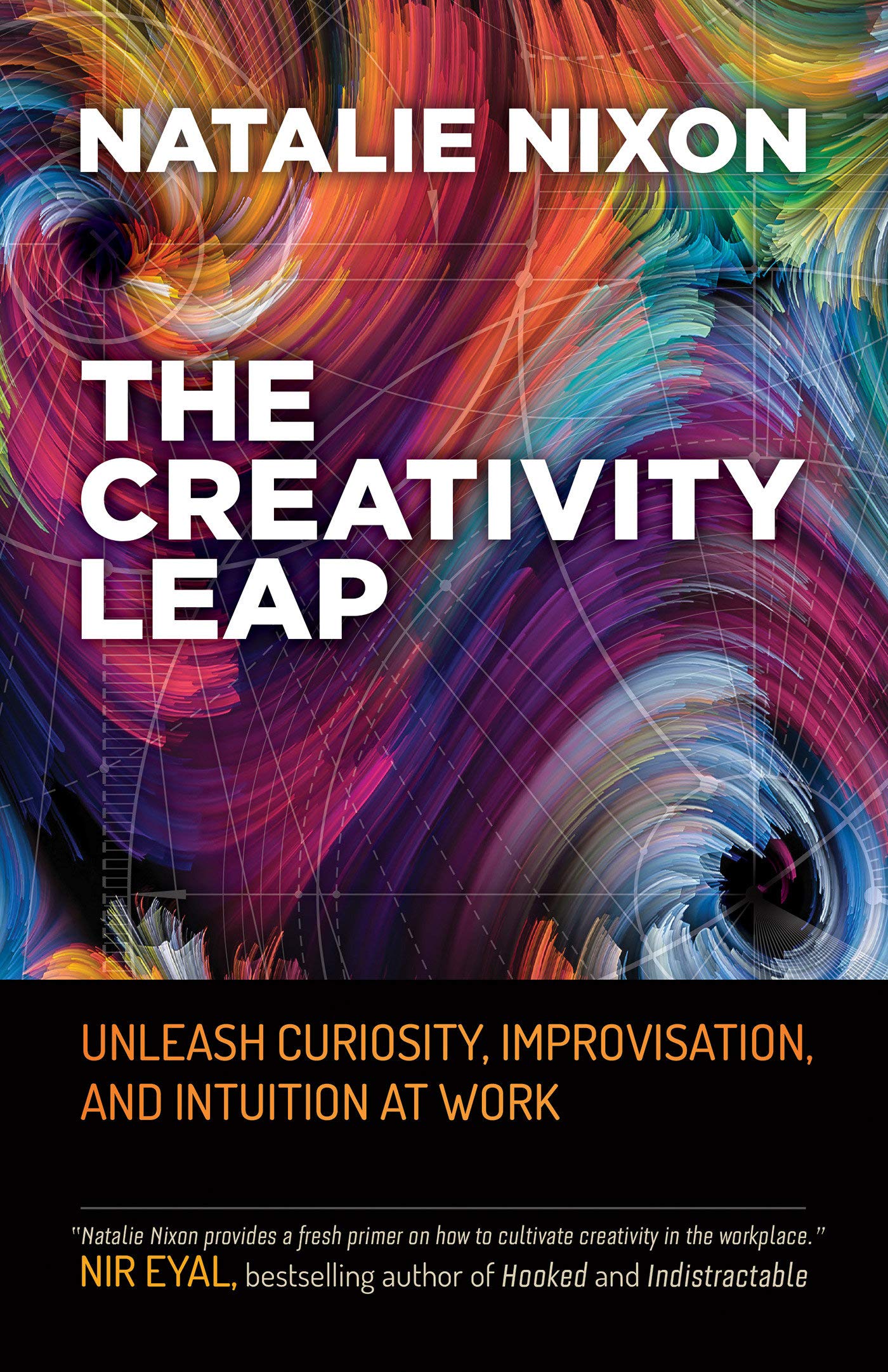
Natalie Nixon explains how creativity is a competency anyone can develop and how we can use it to solve problems and produce breakthrough products and services. She shows that it balances wonder with rigor, and that inquiry, improvisation, and intuition are the key practices that increase those capacities.
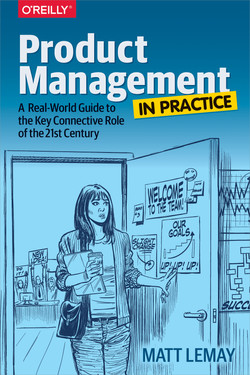
A great book for current and aspiring product managers where Matt LeMay explores the CORE connective skills of product management - communication, organization, research, execution - that can build a successful practice.
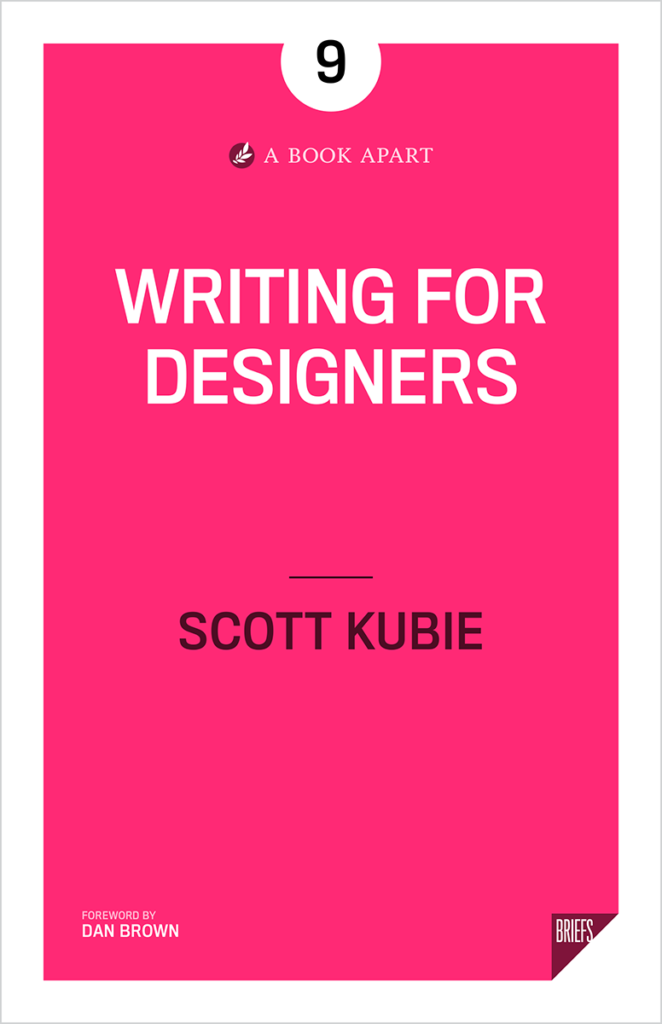
Writing for the web can be quite challenging. In this guide, Scott Kubie teaches us how to scope and articulate writing assignments, build a repeatable workflow, and develop methods for productive editing, collaboration, version control, and delivery.
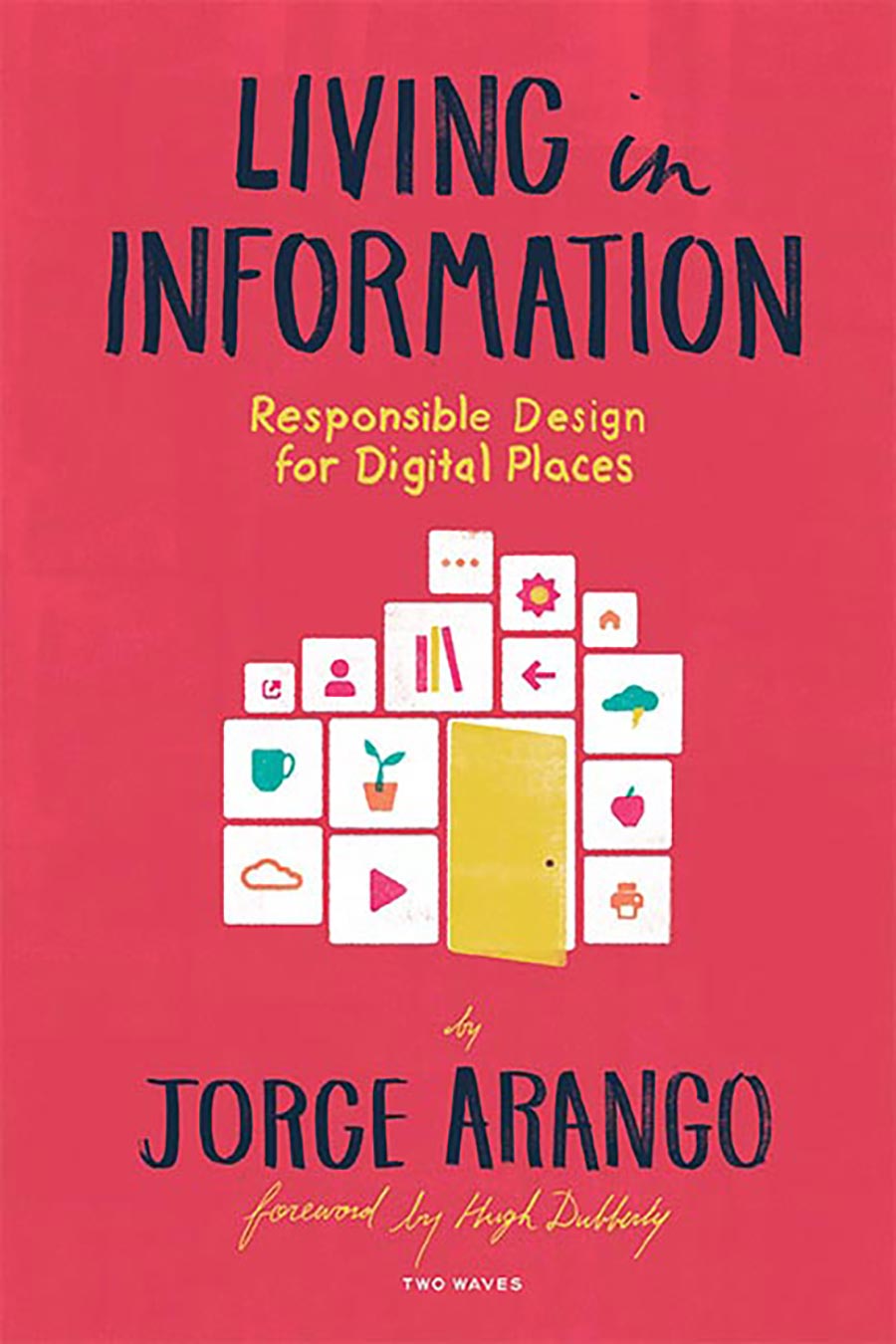
We’re moving our day-to-day activities from physical places to information-based places that we experience on our phones and computers. Our relationship with our environments establishes contexts that influence our thinking and behaviour. In this book, Jorge Arango reflects on how we can design these information environments so they serve our social needs in the long term.
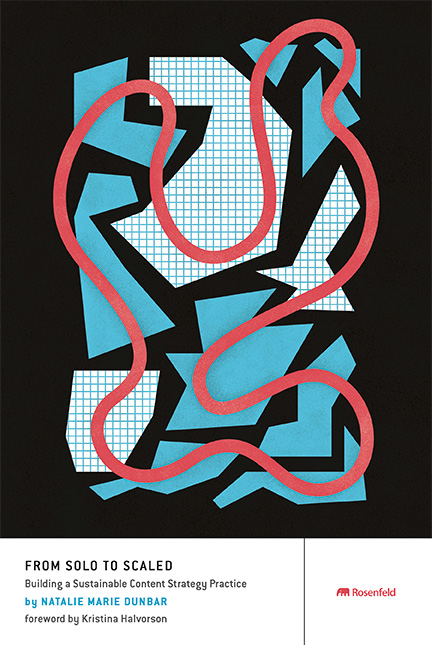
Content strategy is critical for every organisation who wants to communicate effectively with customers. However we don’t always know where to start and how to grow it into a true practice. Natalie gives us a blueprint for building and scaling a sustainable and successful content strategy practice.
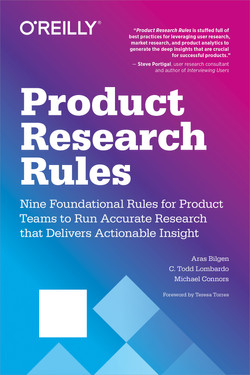
This practical book shows us how we can conduct effective product research within a couple of weeks - easily, cheaply, and without compromising quality.
The authors give us nine simple rules that combine user research, market research, and product analytics to quickly discover insights and build products customers truly need.
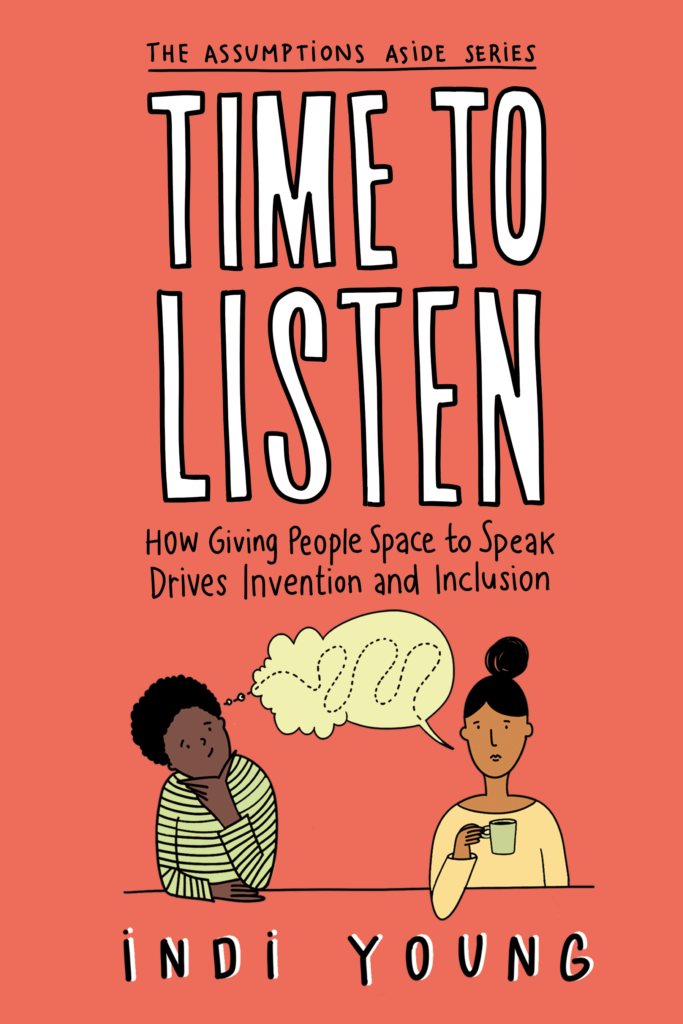
Product design strategy often seeks first to grow the number of users, and to steer them in ways that benefit the organisation. Indi Young proposes a different approach: listening deeply to help our organisation move away from a product-focused strategy toward a measurable strategy centred on people and their purpose.
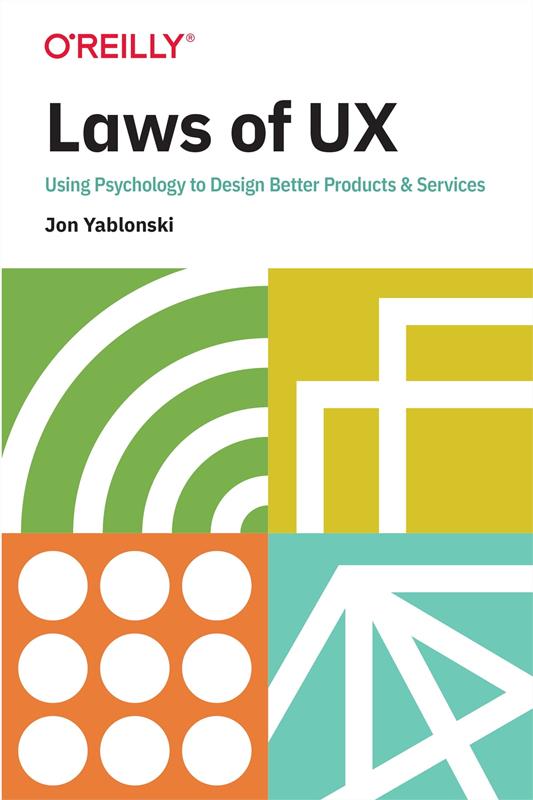
Instead of forcing users to conform to the design of a product or experience, today’s designers should learn the fundamentals of psychology, specifically how users behave and interact with digital interfaces.In this useful guide, Jon Yablonski covers the principles from psychology most useful to designers and a framework to apply them, so designers can build more intuitive, human-centered products and experiences.
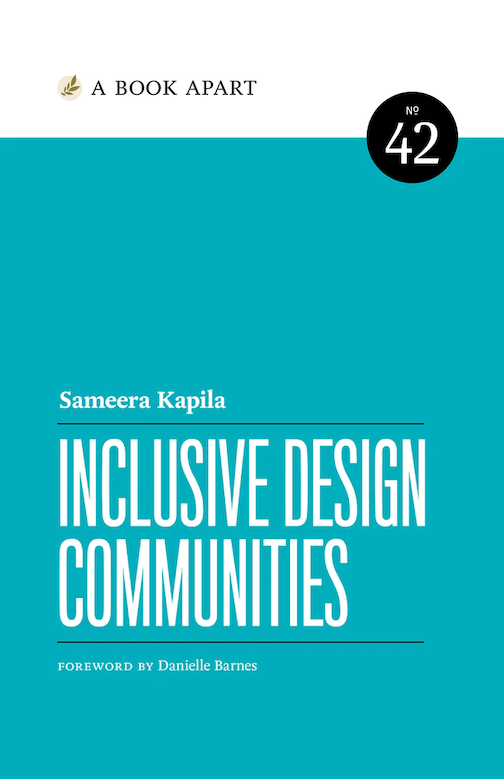
The author examines how our identities intersect with our design practices. You’ll learn to notice subconscious bias and strategies to address it, interrogate your values, and actively create welcoming spaces for all.Sameera also explores how to transform design curricula and classroom environments, and the steps for developing equitable hiring and retention practices.
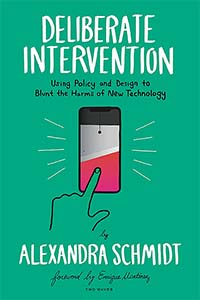
Several harms emerge from the technologies and products we design and policy can be used to constrain those harms. This book shows designers and policymakers alike how to work together proactively to create tools and rules that truly serve the public interest.
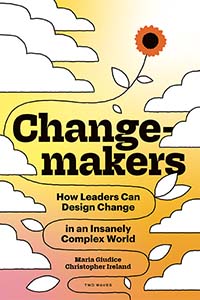
A playbook for designers and nondesigners who want to drive change at work, at home, and in their communities. The authors offer a pragmatic, people-centered approach to change based on insights from some of today’s top minds in business, tech, and social justice.
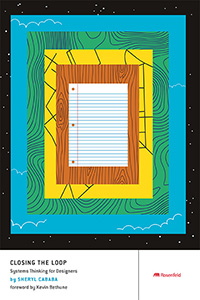
As design continues to impact our products, services, and solutions at scale, it is more important than ever to understand the systems and context that surround design decisions. Sheryl introduces a powerful systems thinking mindset, and provides the tools and frameworks to define the systems that surround the designer’s work.
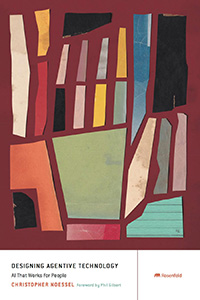
Chris helps us understand agentive technology, a form of artificial intelligence known as narrow AI, which assists people by performing simple, specific tasks (like an automatic pet feeder or robot vacuums).It includes practical advice to unlock agentive technology’s massive potential.
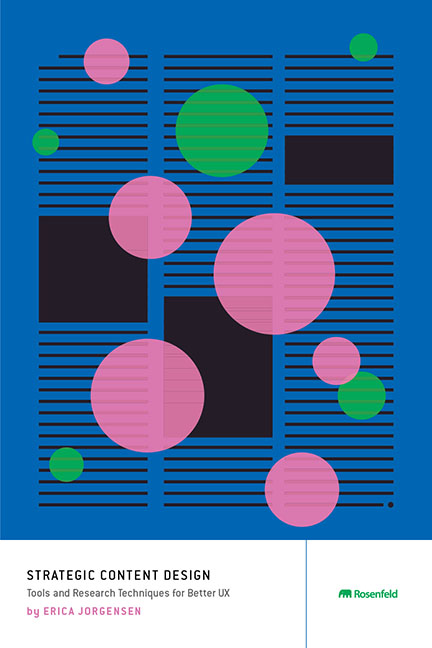
Erica shows us how to create a strong content research program that inspires our team and draws attention to the importance of content to our products and business. She also provides a useful toolbox with methods, best practices, and proven tips for conducting quantitative and qualitative content-focused research and testing.
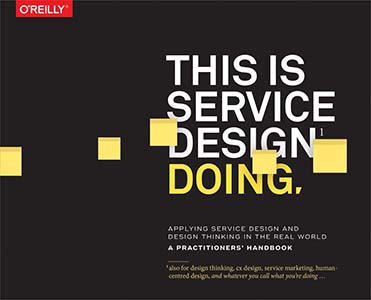
A practitioner’s handbook on how to apply service design to improve the quality and interaction between service providers and customers. You’ll learn service design tools, activities, methods, processes, how to get started with service design in your organisation, and more.
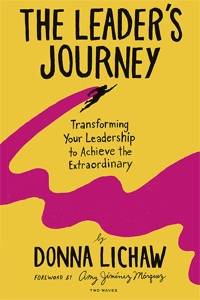
This step–by–step leadership guide is for anyone looking to step into their power and make a difference in their business and the world. You’ll learn how to own and leverage your core story as a leader, how to activate your leadership superpowers, how to develop a strategic roadmap to achieve your personal and business goals, and how to make a lasting impact that only you can make.
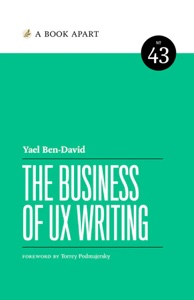
UX writing is good for business, while also playing a critical role in delivering a top-notch user experience. In this practical guide you’ll learn techniques for communicating the value of UX writing, how to organize resources and gain support to prioritize UX writing, among other things.
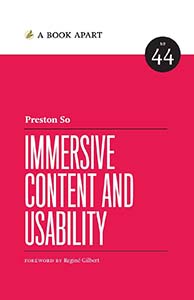
A book on immersive content and spatial content design where you’ll learn to create incisive and inclusive user-centered experiences across augmented, extended, and virtual realities. Preston shows us how we can leverage design artifacts like storyboards, diagrams and spatial maps, and shares best practices for testing immersive content.
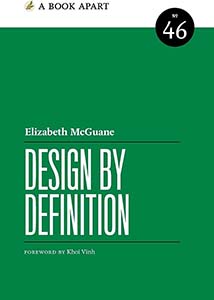
Rather than thinking of design primarily in terms of visual representation, Elizabeth suggests a framework where we think about the words we use to form concepts, as they can powerfully shape a design project from start to finish. She shows how we can strengthen our design process by incorporating semantic concepts and using language to frame design problems clearly.
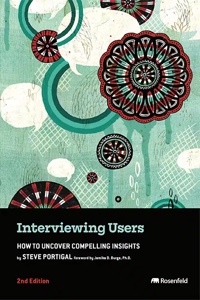
This classic book about unlocking the benefits and insights that interviewing users and customers can yield is back with a new and updated edition. You’ll find new chapters about analysis, synthesis and sharing research results, and also about ensuring that your user research efforts will have an impact on your organization. There’s also new sections about bias, remote research, ResearchOps, planning research, and research logistics.
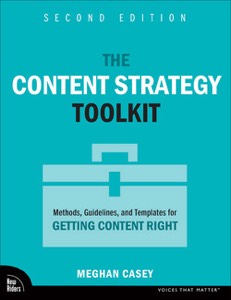
A practical guide where you’ll find a step-by-step approach for successful content strategy, from planning and creating your content to delivering and managing it. You’ll get the tools to tackle difficult activities like explaining clearly to your boss or client what’s wrong with their content, getting the budget to do content work, and aligning stakeholders on a common vision.
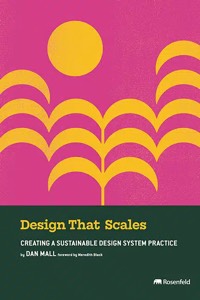
A go-to resource for anyone building and maintaining design systems. You’ll learn how to create, manage and sustain a successful design system, and figure out where the people involved in a design system fit and how they can best collaborate.
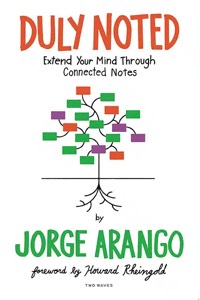
A book for everyone looking to get control of their notes to generate better ideas, learning and actions. You’ll learn how to take more concise notes, create a personal network of ideas, and organize your notes so that you can find and make sense of them later.
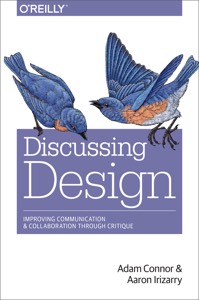
Critique is intended to help teams strengthen their projects, not push personal agendas. In this practical guide you’ll learn best practices for giving and receiving critique, including a cheat sheet for practicing critique as a part of your collaborative process.
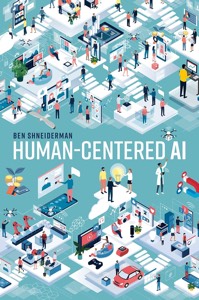
In this guide Professor Ben Shneiderman provides 15 recommendations about how programmers, business leaders, educators, professionals, and policy makers can implement human-centered AI. He bridges the gap between ethical considerations and practical realities to offer a road map for successful, reliable systems.
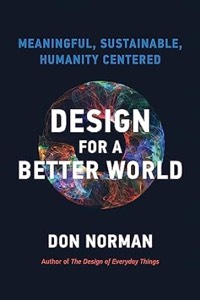
An eye-opening diagnosis that covers many fundamental aspects of our lives that are fueling the current ecological and social crises. Don Norman proposes a new way of thinking, one that recognizes our place in a complex global system where even simple behaviors affect the entire world.

A guide to prioritizing anything - tasks, goals, OKRs, projects. We’ll explore different methods of prioritization and learn how to apply the author’s DEGAP® method of prioritization with its five phases: Decide, Engage, Gather, Arrange, Prioritize.

A practical guide to learn a balanced approach to digital product experimentation to get the whole team testing customer-centric ideas. It features the Conversion Design process to operationalize effective experimentation, and the Good Experimental Design toolkit with a step-by-step process to use each day.

This guide introduces a human-centered design framework to create exceptional user experiences. We’ll learn to apply design thinking to understand our users' wants, needs, goals, and frustrations, and go through ideation and research techniques.

This guide introduces the Impact Mindset, an approach that can empower companies to adapt to shifting user needs and technology by reframing their digital products as dynamic solutions designed to maximize behaviour change, user outcomes, and, ultimately, business impacts.

A comprehensive and essential guide for UX and product designers that emphasises down-to-earth approaches that deliver big impact over time-consuming, needlessly complex techniques. This updated edition features loads of new material that has changed over the past 10 years, including tips, tools, and techniques to improve our performance.

The ultimate playbook for transforming our research practice, whatever its size or shape, into an impactful and efficient insight-generating engine. We can use it to plan, manage, and scale a research practice that propels the business forward.
The best of UX and Design in your inbox every month
